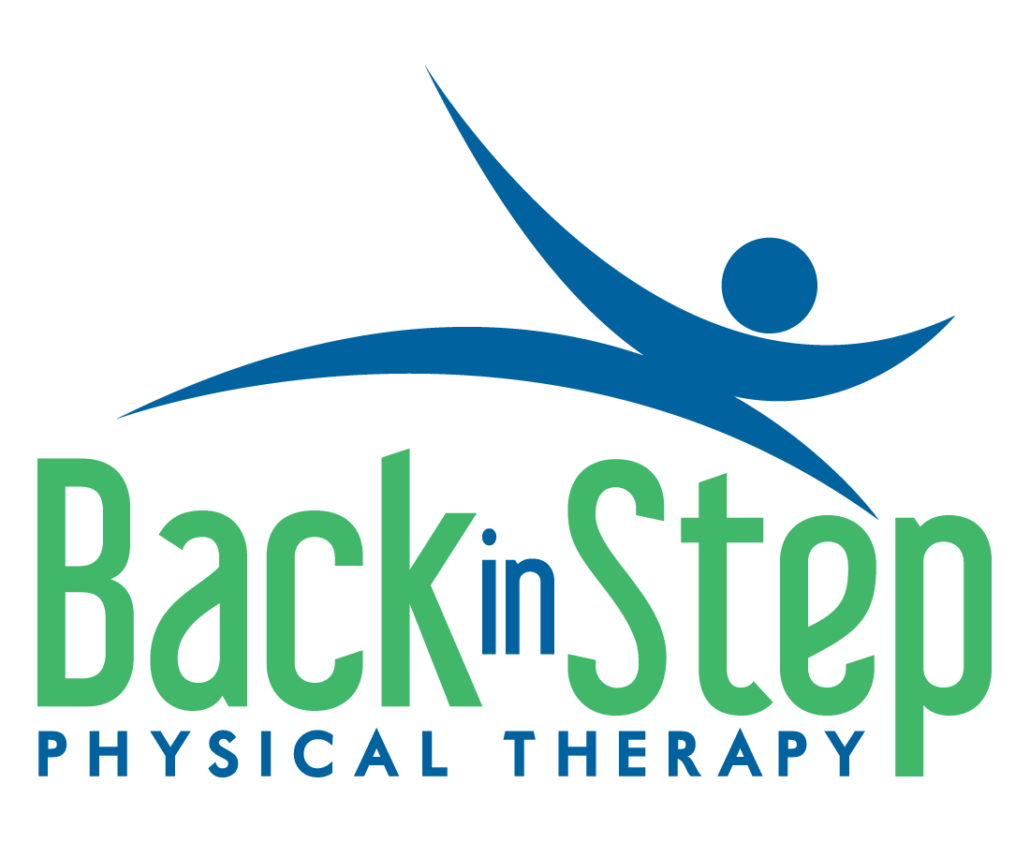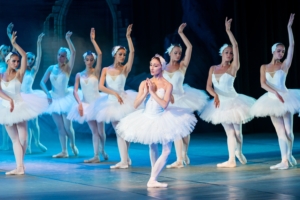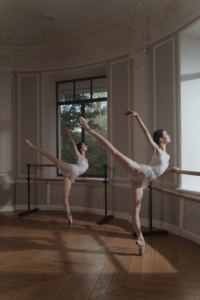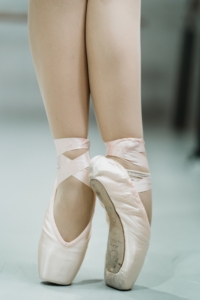More About Your Pointe Shoe
Finding the right pointe shoe is a major part of a ballet dancer’s life. We learn how to sew the ribbons & elastics. We build relationships with our fitter, who may be local, fitting virtually, or a long trip away. We learn how to start dancing in the shoes, refining our technique.
With everything that we do learn when it comes to pointe, there are some things that we don’t really talk about or learn about. Keep reading to find out.
EXTENDING THE LIFE OF THE SHOE
Most dancers who dance en pointe should be doing at least a couple of hours of ballet per week, some of which will include pointe work. We all know that when we’re working, feet get sweaty. That moisture builds up in the shoes and can start to contribute to the breakdown of the material inside of a pointe shoe.
Watch the fascinating way pointe shoes are made in the video above.
If you’re only doing pointe for short periods 1-2 times per week, you probably get plenty of time for the shoes to dry out between uses, keeping your shoes in good shape for longer.
But if you’re dancing in the same shoes for multiple hours a week, you may want to consider having more than one pair of shoes to let each one have a chance to full dry between uses.
DIFFERENT POINTE SHOES FOR A DIFFERENT GOAL
Dancers are often on the hunt for the elusive “perfect fit” of their pointe shoes. It can take several tries of different brands, styles, and shoe characteristics to find what fits best.
But did you know that there can be more to it than that?
If you’re dancing en pointe quite a bit, it may actually be beneficial to have more than one pair of pointe shoes, not just for what we talked about in the section above. You may want a different shoe for different uses (performance vs class) or to let you work on different things (foot or core strengthening vs balance).
It’s not just about fitting the shoe to the foot – although that definitely is an important part!
Let’s first talk about a couple of scenarios that you might encounter.
If you’re performing in a ballet with quite music, you don’t want loud shoes that you’ll hear from a mile away. You’d want something lighter, perhaps with a softer shank or a different material. Maybe you want a box that’s a bit more broken in. More pleats or a shoe that has a foam-like material built in can also help the shoe be quieter.
For a piece that requires a lot of pirouettes and balance on pointe, a harder shoe with a more substantial platform is helpful, as you’ll get more support.
Choose a shoe that best serves your purposes for a given performance or audition.
Now let’s talk a bit about how a couple of different shoe characteristics help you build strength, gently return to dance after an injury, or something else. These are just a few examples. Each element of a pointe shoe has its pros and cons for an individual dancer.
THE PLATFORM
A small platform is the hardest to balance on but requires less strength for rotation on the platform. Meanwhile, a large platform is easier to balance one but requires more strength for rotation.
A platform with rounded edges is easier to roll through smoothly but it’s harder to find the center of the box for balancing. This decrease in stability can more other muscles in the body, like around the hips & core, work harder to maintain alignment. A flat platform essentially has the opposite effect.
Then there are tilted platforms. These are fine if you have strong ankles. They’re not a good choice if your feet are more flexible or still need to build strength.
THE SHANK
A soft shank tends to be lighter and therefore quieter but don’t give as much support and are more likely to break in quickly. These shoes may be a good choice for a show, for example.
On the opposite end of the spectrum, a hard shank tends to be heavier and lower, but last longer. These are good for something like classes – able to hold up longer and get more wear.
WORK WITH A PROFESSIONAL
At the end of the day, there are a LOT of things that need to be considered when it comes to finding the right pointe shoe.
You want something that feels comfortable and gives you the right support in the right areas. A good fitter will also consider things like foot structure or medical diagnoses. This could include bunions, more flexible feet, or whatever the case may be.
Talk with your fitter. Let them know if you’re struggling with an aspect of your current shoes. Let them know if you’re still returning from an injury. Talk about needing a quieter shoe for an upcoming performance. They’ll give you recommendations to find the right shoe for you and for your specific needs, whatever they may be.
You may also find some dance specialists in the health and wellness world, like Dr. Alyssa here at Back in Step PT, who have had training in at least the basics of pointe shoe fitting. These individuals can also make suggestions about certain characteristics to consider or to discuss with your fitter.
Book a session with us at Back in Step PT!



